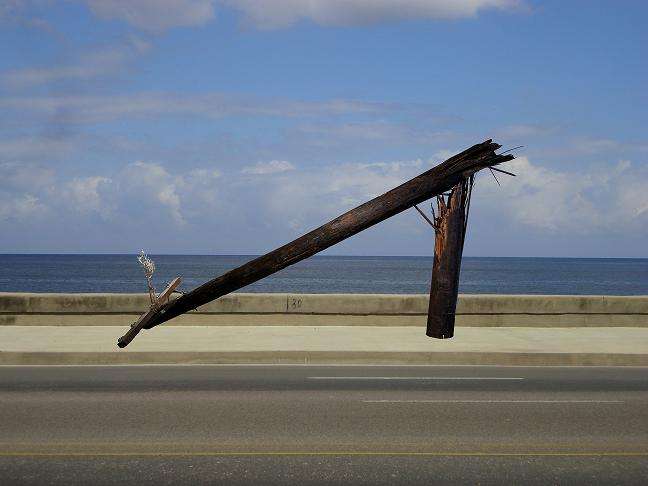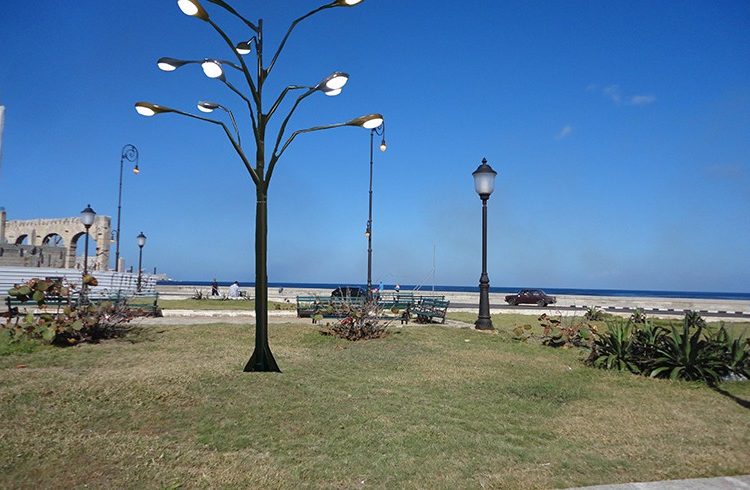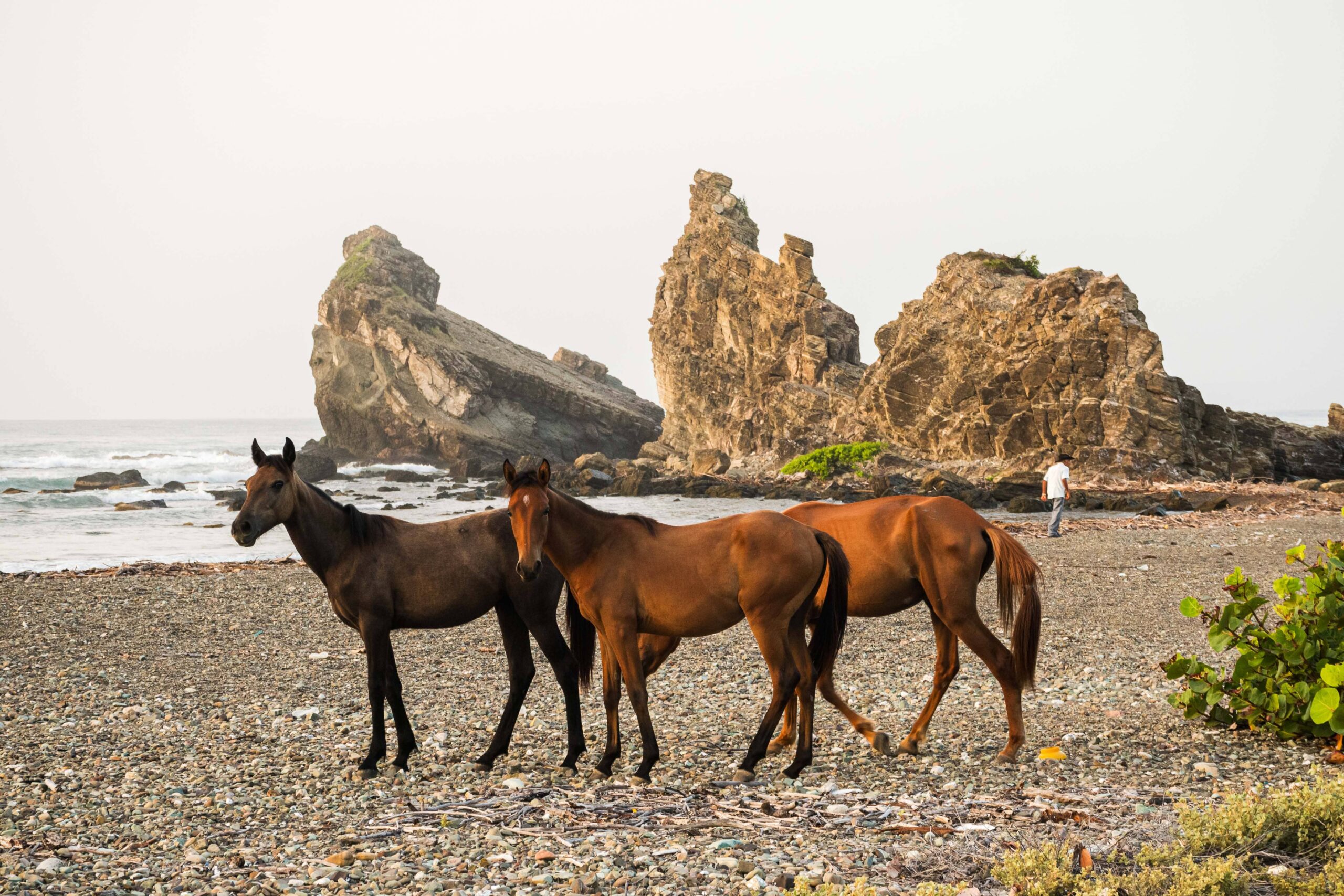Inevitably, one assumes the Malecon in Havana as start and end. Plain door of a city-of a country-, drowned in a sea without which life would be unbearable. But door finally opens often for his people to breathe the salt and get lost for a few hours on the horizon. Door that opened to art three years ago with the project Behind the wall, an invasion of visual works, in its most interactive, which occupied for more than thirty days all the way from La Punta to Maceo Park.
About this intervention, on the 11th Havana Biennial, curator Elvia Rosa Castro wrote: “(…) most parts located on it (on the boardwalk) knew how to grasp the benefits and hostilities of a space like this to experiential level, dialogue with the environment and serve a dual purpose: to combine the critical edge or social commentary with that quality of visual and interactive attraction that usually is seen when art ventures into those spaces where usually it does not belong “.
Perhaps this is one of the biggest challenges this project now confronts when its second edition in the 12th Havana Biennial, on May 24tyh, is inaugurated.
“Behind the wall is a space where to put together the most beautiful, where people can reflect, meditate, think, see good art and talk with the artists they often cannot interact with,” said Juan Delgado, chief curator the project to OnCuba.
With well designed works for the Malecon, for the city, repeated this time artists like Rachel Valdés (Project Reality, Blue Cube), Inti Hernández (Balance Cubano), Florencio Gelabert (Stella) and Roberto Fabelo (Delicatessen) who told this magazine he is grateful to participate in the project.
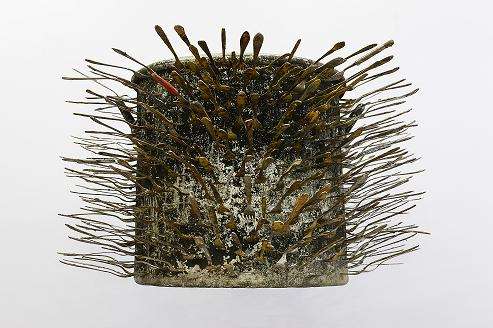
“Behind the wall continues, in my view, the importance of being an alternative project in a scenario like the Malecón, excellent for the relationship with the public, this interaction that we like as artists.
“At this stage I am very pleased placing the piece Delicatessen, which falls within my traditional use of objects of everyday life. In this case it is a great cauldron of three meters in diameter and about two and a half high and needled by thousands of forks. The title is ironic, of course, referring to the hardness which is the local daily struggle for survival, a global problem and try to summarize here, “said Fabelo.
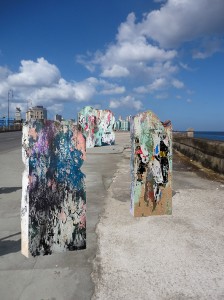
Join Behind the wall artists Mexico (NOEMA Project), Morocco (Saafa Erruas, MournirFatmi), Dominican Republic (Raquel Paiewonsky), Germany (Ewerdt Hilgemann) and the US (Emilio Perez, Jose Parla, Duke Riley), and many more, who not only intervene the Malecon this time, but the Campanario street, because “this year the same city each day changes suggested we intervene it,” said Juan Delgado, so there will be, for example, a large mural of twenty square meters of American Emilio Pérez, and other performances of Aimee Garcia, Ricardo Rodriguez and Alvaro Brunet.
Among the youngsters that join this edition are the boys of the Stainless group (José Capaz, Alejandro Piñeiro and Roberto Fabelo Hung), who return about consumption to present the Western part with steroids, about thirty cakes destroyed and devoured by tongues which in turn emerge from them.
Rafael Villares, who is remembered for his work Shifting landscape, a large pot that wandered much of the Havana wall proposes Tree light, in a series of the work with street lighting. Installation, seven meters high, which would be located in Prado y Malecón, gather 15 public lighting belonging to various countries:
“It’s a work over contemplation of interaction, which is by poetic rope you will be bathed in light of other countries, which implies that utopian gesture of reconciliation,” the artist told OnCuba.
Much more ambitious in terms of work and commitment from those with space behind the wall will offer two workshops social court, one about the behavior of young, taught by Nereida Garcia tribute to Ana Mendieta, and another on the Seniors by Oweena Fogarty. A project that will, like its previous edition, the most attractive of the 12th Havana Biennial, to be held between May 22 and June 22. A project perhaps with the intention of placing art between people and the sea or between the sea and the people, depends where you look.
